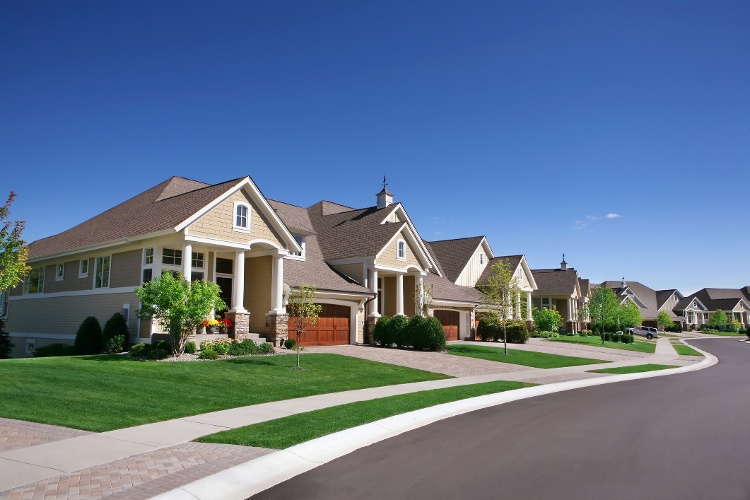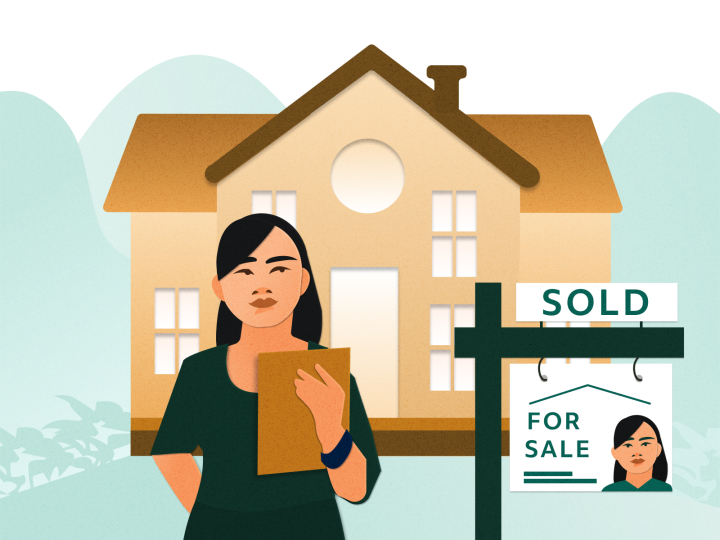The Future of Real Estate: Fads and Opportunities to Watch
As the genuine estate landscape develops, it becomes increasingly necessary to understand the emerging trends and chances that will define the sector in the coming years. With these characteristics at play, a closer examination of the approaches and adjustments required for success reveals intriguing possibilities that can improve financial investment techniques and market actions.
Technical Technologies in Realty
In the last few years, the genuine estate industry has accepted a wave of technical developments that are changing typical practices. These developments have actually significantly boosted performance, transparency, and decision-making processes within the market. Among one of the most significant innovations is the surge of huge information analytics, which enables realty professionals to assess market patterns, anticipate property values, and identify financial investment possibilities with extraordinary accuracy. This data-driven approach allows stakeholders to make informed decisions and decreases the dangers connected with property deals.
Furthermore, virtual truth (VIRTUAL REALITY) and enhanced truth (AR) technologies are changing residential or commercial property advertising by offering immersive experiences for potential purchasers and lessees. These devices enable clients to carry out virtual tours of residential or commercial properties, thereby enhancing the search process and improving consumer engagement. Additionally, blockchain technology is gaining grip as a way to safeguard deals and preserve clear documents, thus minimizing fraudulence and quickening the closing process.
Smart home technologies are likewise becoming significantly prevalent, making it possible for property owners to keep an eye on and control their residential or commercial properties remotely (Real Estate Lockhart). Jointly, these technical developments are improving the landscape of realty, promoting an extra efficient, clear, and customer-centric sector
Need for Lasting Residences
As customers increasingly focus on environmental responsibility, the demand for sustainable properties has risen in the actual estate market. This shift shows a more comprehensive societal trend towards sustainability, with property buyers and capitalists looking for residential or commercial properties that reduce environmental impact while taking full advantage of energy efficiency. Functions such as photovoltaic panels, energy-efficient home appliances, and sustainable structure products are currently deemed necessary as opposed to optional.

Furthermore, the increase of eco-friendly areas, which focus on walkability and accessibility to mass transit, further stresses this pattern. These growths appeal to environmentally mindful customers and advertise a much healthier way of life.
As the demand for lasting residential or commercial properties continues to climb, market stakeholders must adjust to these expectations. By welcoming innovative practices and prioritizing sustainability, the genuine estate market can not only fulfill customer need but additionally contribute to a more lasting future.
Changing Buyer Demographics

In addition, the aging populace is improving need for housing. Baby boomers are looking for scaled down homes that provide ease of access and reduced upkeep, frequently preferring metropolitan setups with neighboring services. This change requires a focus on multi-generational housing solutions that accommodate varying requirements.
Furthermore, social diversity is playing a pivotal function in actual estate patterns. As these group changes continue to develop, real estate specialists have to adapt their methods to address the needs of these varied purchasers (Real Estate Lockhart).
Surge of Remote Work Influence
Significantly, the increase of remote job is transforming the realty landscape, motivating considerable changes in buyer preferences and location selections. As employees enjoy the adaptability of functioning from home, several are reviewing their household needs, bring about a surge sought after for homes in suburban and country locations. This fad is largely driven by the wish for more spacious living environments that can fit home offices and a much better lifestyle.
Additionally, city facilities, as soon as the focal point for buyers, are experiencing a progressive decrease popular as individuals prioritize cost and accessibility to nature. Subsequently, property programmers and investors are moving their focus toward buildings that supply home office areas, outdoor amenities, and distance to important services.
This progressing landscape requires a reevaluation of conventional market techniques. Genuine estate experts should adjust to the changing preferences of customers, emphasizing the value of way of life factors in their advertising and marketing methods. Furthermore, builders are significantly prioritizing flexible layout that accommodate the dual demands of living and working, guaranteeing that they remain affordable in a swiftly transforming market. The ramifications of remote service property are extensive, shaping future trends and opportunities.
Investment Opportunities in Emerging Markets
Investment opportunities in emerging markets are constantly standing out from investor seeking diversification and growth capacity. These markets, identified by fast economic development, enhancing urbanization, and a growing center class, existing distinct potential customers for wise capitalists. Countries in Southeast Asia, Africa, and Latin America are seeing substantial facilities renovations and favorable federal government policies, which even more enhance their charm.
Real estate sectors such as property, commercial, and logistics are experiencing heightened need due to metropolitan migration and developing consumer preferences. Especially, cities like Ho Chi Minh City, Nairobi, and Medellín are ending up being hotspots for financial investment as a result of their increasing economies and vibrant demographics.
Capitalists should conduct thorough market evaluations to identify crucial fads, such as changes in population characteristics and economic security, which can affect residential property values. Additionally, partnerships with regional property firms can help with effective entrance and navigating in these markets.
Nevertheless, it's essential to be conscious of possible risks, including political instability and governing read difficulties. By considering these aspects and taking on a long-lasting viewpoint, financiers can successfully maximize the financially rewarding chances emerging in these establishing regions.

Final Thought
In conclusion, the future of realty will certainly be considerably influenced by technical developments, a growing focus on sustainability, and developing customer demographics. The increase of remote job is improving housing choices, especially in suburbs. Moreover, emerging markets existing significant investment opportunities for stakeholders going to adjust to these original site adjustments. Navigating this transforming landscape will certainly call for tactical partnerships and an eager understanding of market characteristics to maximize the trends shaping the industry.
As the actual estate landscape progresses, it ends up being progressively necessary to comprehend the emerging fads and possibilities that will specify the market in the coming years. One of the most significant advancements is the surge of big information analytics, which permits actual estate professionals to examine market trends, anticipate home values, and identify investment possibilities with unmatched precision.As customers increasingly prioritize ecological obligation, the need for lasting buildings has risen in the real estate market. The effects of remote work on real estate are extensive, shaping future fads and chances.
Financial investment possibilities in arising markets are consistently bring in attention from genuine estate investors seeking diversity and development potential.